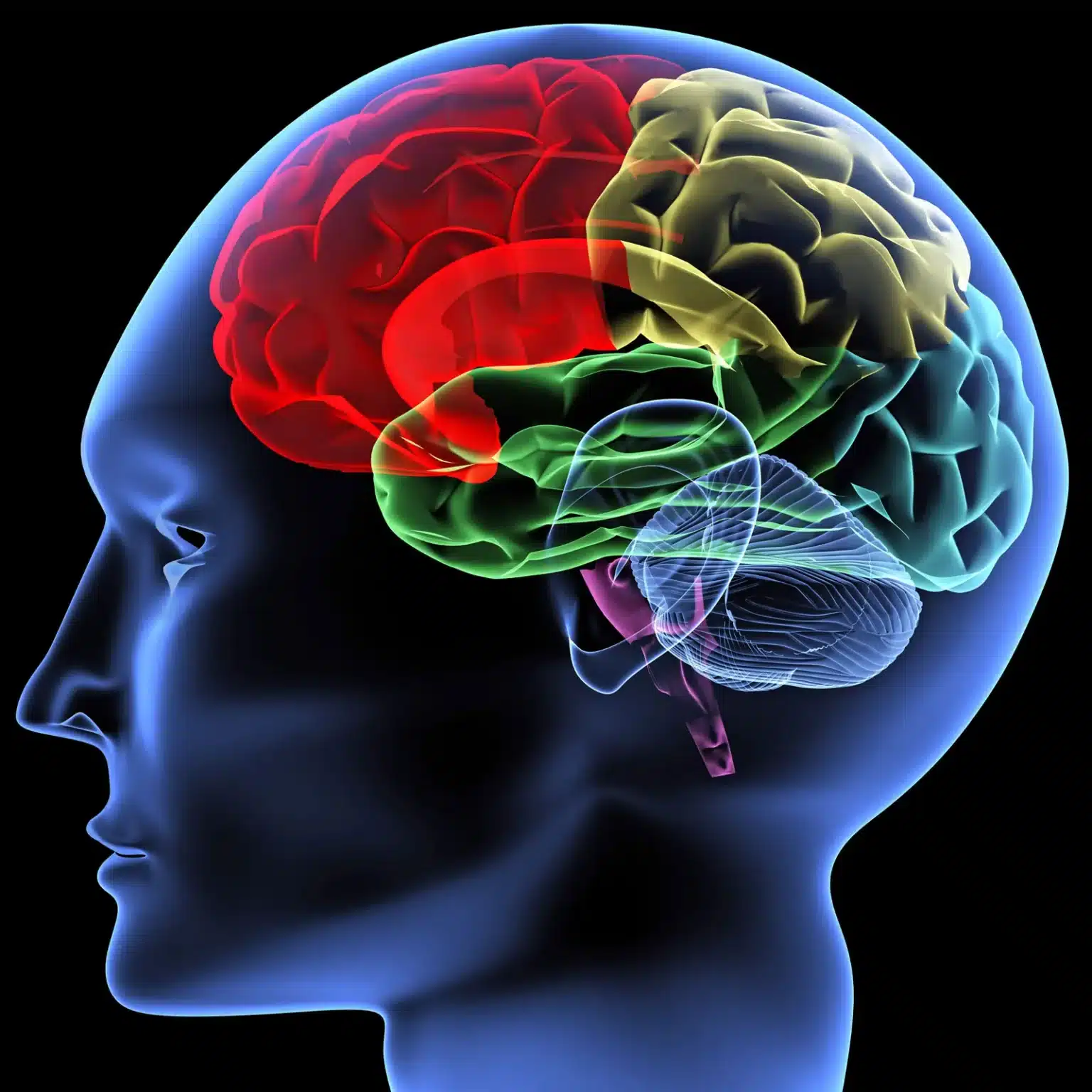A lack of knowledge and understanding can easily lead to catastrophe. To avoid it, we need to comprehend and apprehend the underlying reasons behind climatic diseases and disorders. Epilepsy is one of those diseases which, if addressed properly with timely intervention, can save lives.

Epilepsy
From the set of neurological diseases, epilepsy is defined by abnormal brain activity, seizures or periods of unusual behavior, sensations, and loss of awareness. As we know, a disease or a disorder never discriminates. Epilepsy can be experienced by anyone, irrespective of age, gender, color, or ethnicity.

It is a chronic, non-communicable disease that affects 50 million people across the globe.
Despite it being a common disease, there are many stigmas that surround it, making it difficult for people suffering from epilepsy to receive open and relaxed treatment.
The caretaker involved has to go through traumatic discrimination for knowing people with epilepsy.
It is the general lack of empathetic awareness that causes severe hindrances, the cost of which is suffered by the patient and their dear ones.
Symptoms of epilepsy
One of the major symptoms of someone suffering from epilepsy is seizures.
A seizure is an uncontrolled electrical disturbance in the brain leading to temporary behavioral changes, level of consciousness, and awareness.
If the seizure occurs and recurs twice or more within 24 hours with the cause of the seizure remaining unrecognized, then it is termed an epileptic seizure.

When the cause of a seizure is known, such as a seizure caused by medication, it is a non-epileptic seizure.
The initial stage of recognizing signs of epilepsy is through a brain scan, which refers to the spot of disturbance in the part of the brain and further points toward the body parts and actions linked to that part of the brain.
Temporary signs include abnormal or disturbing movements, lack of consciousness, improper sensations, and cognitive disturbances.
The magnanimity of a common disease
According to the WHO, epilepsy is a widely common disease in which 10% of the population claims to have had one seizure attack in their lifetime.
It is a magnanimous disease that can be handled and cured with proper and timely intervention but is still frowned upon.
Although it is very common among low and middle-income people, it does not completely shield higher-income people from its dangers.

The hazardous nature of this non-communicable disease makes it one of the easier targets of ignorance. As there are multiple kinds of seizures and also an absence of seizures that define the condition of epilepsy, it is easy to get confused.
Furthermore, as there is a silver lining difference between epilepsy and narcolepsy, it cannot be determined focally through seizures alone. A detailed analysis through EEG helps narrow it down.
If left uncured or without intervention, this disease can be fatal.
Awareness about epilepsy
The study conducted by WHO and the report concerning that study put people with epilepsy at a 3 times higher risk of untimely death.
The reason behind this shocking result of tests and experiments came forth as a lack of awareness and financial hindrances.
Awareness concerning epilepsy is alarmingly low because WHO has come up with an entire month dedicated to it. The concept of awareness has a basis in untimely death.

The Sudden Unexpected Death in Epilepsy (SUDEP) is an initiative that provides awareness about the risk factors and steps to reduce its chances.
The unexpected and untimely death of an individual due to overlooked symptoms of epilepsy can easily be redirected through basic knowledge and first aid instructions.
Risk factors:
Apart from recognizing seizures and differentiating between mental illness and neurological disease, other factors include:

- Seizures at a young age
- Missed doses of medication
- Several years of suffering from epilepsy
- Heavy alcohol consumption
Steps for the reduction of suddenness
Being soundly aware of the intensity of this chronic disease reduces the chances of fatality to a greater extent. Strictly following medications and physicians’ advice is the first step to reducing the chances of sudden fatality.

Some other steps to reduce it include:
- Know the reasons that trigger one’s seizures. Get proper sleep. Train family members to handle the situation and provide first aid. Reduce your alcohol consumption or completely abstain from alcohol-containing beverages.
Society as a pathway:
Accepting differences, whether physiological, mental, pathological, or a combination of all of these is fundamental to humanity. No one should be deprived of any act of humanity.
While society has learned to accept difficult situations with whole hearts, there are many areas where it lags far behind the starting point.

Society still finds it hard to accept that epilepsy and seizures are two unacceptable and incomprehensible diseases of improper brain activity.
To turn someone down unreasonably is not what is preached by humanity and we must adhere to it. The reason behind epilepsy is based on unknown causes, clearly defining that the patient has no fault of his/her own.

Understanding and empathy when hand in hand can easily reduce the distance between the stigma of society and a patient, and this is the aim behind SUDEP.
As nothing grows overnight, this too would not do so. But we should put our best steps forward, one after the other.
Read More: Global Diversity Awareness Month 2022













